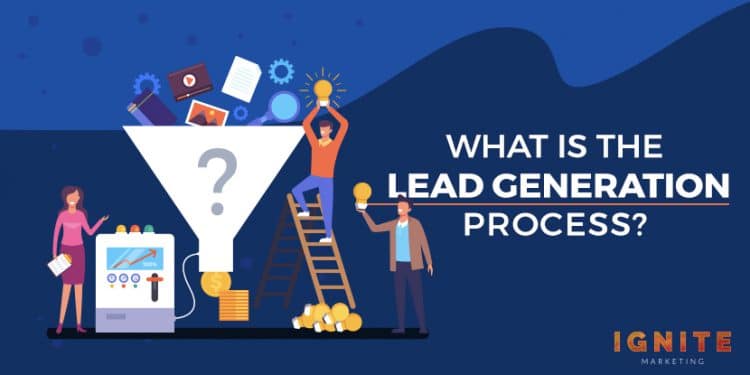


Lead generation is a requirement for any business looking to sell to the modern consumer. Without it, your conversion rates would drop dramatically.
So, what is the lead generation process? The lead generation process consists of four primary steps:
The rest of this article will discuss how to implement each of these steps to improve your lead generation process.
Lead generation is the process of attracting consumers interested in your product or service and capturing their contact information to nurture them toward making a conversion later on.
That was a lot, I know. Here’s the simplified version.
When you practice lead generation, you’re doing four things:

Before you can generate leads, you need to understand the type of person you’re trying to sell to. Once you’ve got that down, you also need to find where that person hangs out on the internet.
The best way to outline your target market is by creating a buyer persona, which is a model that uses audience research to describe your target customer.
To create an effective buyer persona, you should create a “real” person, complete with a name and detailed identity. You can even go as far as to find a stock photo to represent them.
While this may seem a bit weird, having a specific person in mind when writing content or marketing messages can help a ton with maintaining the right tone and addressing the right needs and desires.
It’s tempting to base your persona on your intuition and assumptions about your target market. Although some of these insights can be useful, it’s much smarter to rely on detailed audience research that will give you concrete, data-backed results.
Here are a few essential tips to remember when performing your audience research:
While the internet is a vast and seemingly endless space, most people congregate in a few enormous hubs. If you can identify which hubs your target market likes to use, you can establish a web presence there and build relationships with the people most likely to become paying customers.
Here are a few of the most popular hubs:

A lead generation website without content is like a store with nothing for sale. No one will have any reason to go there, and the few that do wander inside will leave immediately.
So, if you want to attract prospects and convince those prospects to give you their contact information, use the following tips to create a catalog of useful content.
Many internet marketers throw around tips about creating content of a particular length or using a certain number of images to make content more appealing.
But while length and imagery are undoubtedly important, the number one priority should be creating genuinely helpful content.
To do this consistently, place yourself in your buyer persona’s shoes when creating content.
Answer these questions, and you’ll be well on your way toward creating content that ranks in the search results, gets shared on social media, and establishes you as a thought leader in your industry.
There’s nothing wrong with rehashing topics your competitors have already spoken at length about. But the best content will provide a unique perspective on the issues your buyers care about.
To gauge whether your content is original or not, check around the internet for other articles or videos about your topic. If you find that no one is explaining things the way you are, or that you have a solution no one else has covered yet, you’re good to go.
Blog posts are the most common form of content created by businesses. And it’s not hard to see why ‒ they’re relatively easy to make, they don’t require any fancy equipment or skills, and many internet users consume them.
Videos take a bit more time and effort to get up and running with, but they can bring great results if you’re up to the task. Video consumption is expected to make up more than 80% of global internet traffic by the 2020s, and many people prefer consuming information in video form than in text form.
If you or one of your employees have some graphic design chops, converting a blog post into an infographic is an excellent idea. Well-designed infographics are much more shareable than monotonous blog posts and can bring in more traffic to your website than a purely written version of the content.

A lead magnet is something valuable that you give to consumers in exchange for their contact information.
Many businesses that operate in more complex industries offer long-form informative content as a lead magnet. Some of the most popular types of educational lead magnets include webinars, whitepapers, eBooks, and PDF checklists.
One of the most common lead magnets is a discount or coupon. If you’re fairly certain many of your prospects already want to buy your product, offering them a discount in exchange for an email address is a great way to turn them into leads and make them more likely to make a purchase.
If the nature of your product allows for it, giving prospects a free trial or demo in exchange for an email address is a terrific way to generate leads.

Once you find your audience and create some content, the last step is to make a landing page or signup form for your lead magnet.
Whether you make a comprehensive landing page, or a relatively simple signup form, depends on the nature of your lead magnet and how consumers will be finding your website.
If you are using paid advertisements to promote your lead offer, sending people to a dedicated landing page will be the smarter option.
If your primary traffic attraction method will be through search engine results and social shares of content, though, placing a signup form on top of, next to, or below your content will be the better choice.
